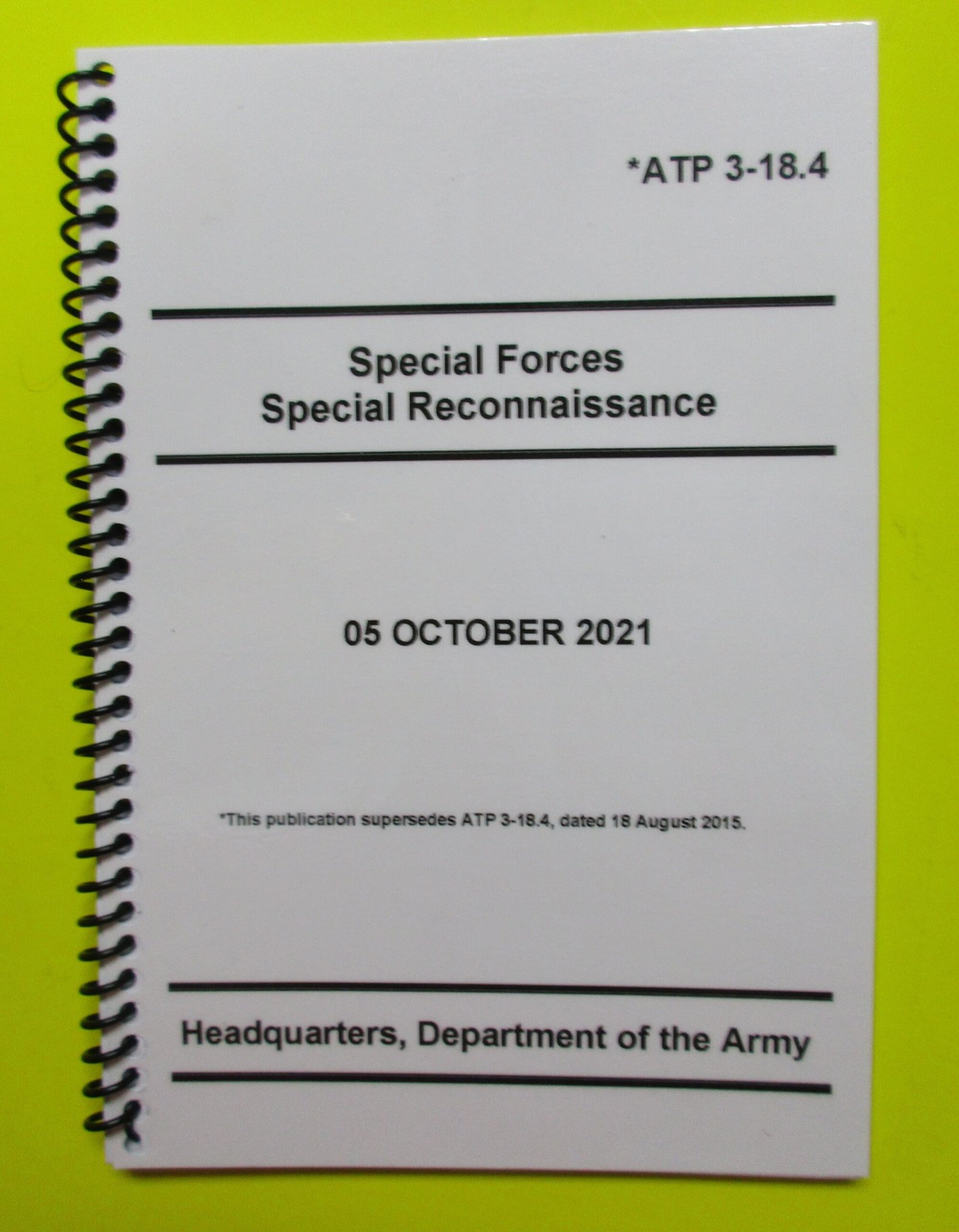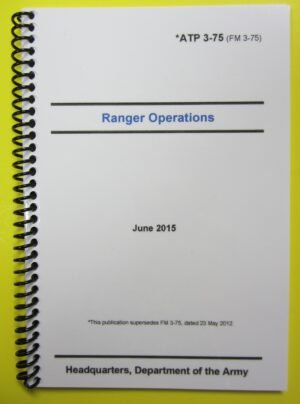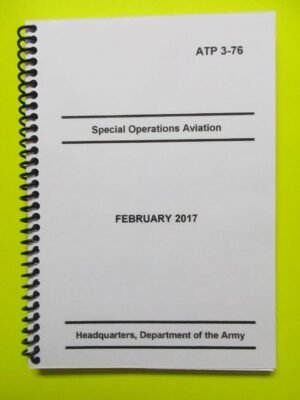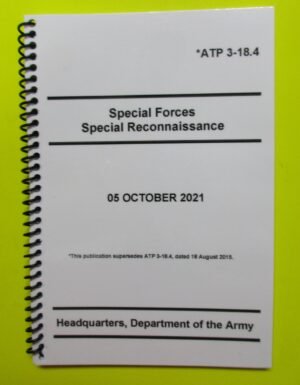Dated 5 Oct 2021
ATP 3-18.4 provides the doctrinal basis for the conduct of special reconnaissance (SR) operations across the competition continuum.
ATP 3-18.4 explains planning, roles, and various training that SF Soldiers participate in to conduct SR operations.
The principal audience of this publication is commanders, staff officers, and operational personnel at the team (operational detachment–alpha [ODA]), company (operational detachment–bravo [ODB]), and battalion (operational detachment–charlie [ODC]) levels. This ATP is specifically for SF; however, it is also intended for use by Army special operations forces to improve the integration of SF into the plans and operations of other special operations and conventional forces.
ATP 3-18.4 consists of three chapters and three appendixes.
Chapter 1 explains the nature of SR operations and describes the environments in which they are conducted. It provides the criteria for determining the difference between SR performed by U.S. Army SF and other types of reconnaissance.
Chapter 2 provides beneficial information for consideration during the mission analysis and employment process to ensure the desired information is collected in an efficient manner while maintaining an acceptable risk level to mission success and ODA survivability.
Chapter 3 emphasizes that there are no “generic” SR missions. Each mission has challenges that must be overcome through comprehensive planning. The goal of the planners is to identify those tasks that must be accomplished to execute the operational plan. Some tasks that will support the operation plan during the conduct of SR missions are geographic reconnaissance; target analysis; and chemical, biological, radiological, nuclear, and explosives (CBRNE) reconnaissance.
Appendix A addresses the process of selection, construction, and occupation of fixed observation and surveillance sites used in permissive, uncertain, and hostile areas around the world.
Appendix B describes surveillance techniques. Surveillance techniques include the systematic observation of aerospace, surface or subsurface areas, places, persons, or things. Visual, aural, electronic, photographic, or other means are used for these surveillance techniques.
Appendix C provides techniques that are intended to enable individuals to transmit information with or without supplemental digital images and to enhance their ability to convey critical information in an accurate and timely manner.
This book is a “mini” (7 1/4 inches high by 5 1/2 inches wide) size – A popular size to carry anywhere (briefcase, large pocket, purse) but the print is large enough for easy reading. The binding is with coil, allowing easy flipping of pages without jamming.
If you desire a “BIG” size (the size of a regular sheet of paper), we have it on this web site too.
The color covers are laminated for weather protection with black and white inside printing.





